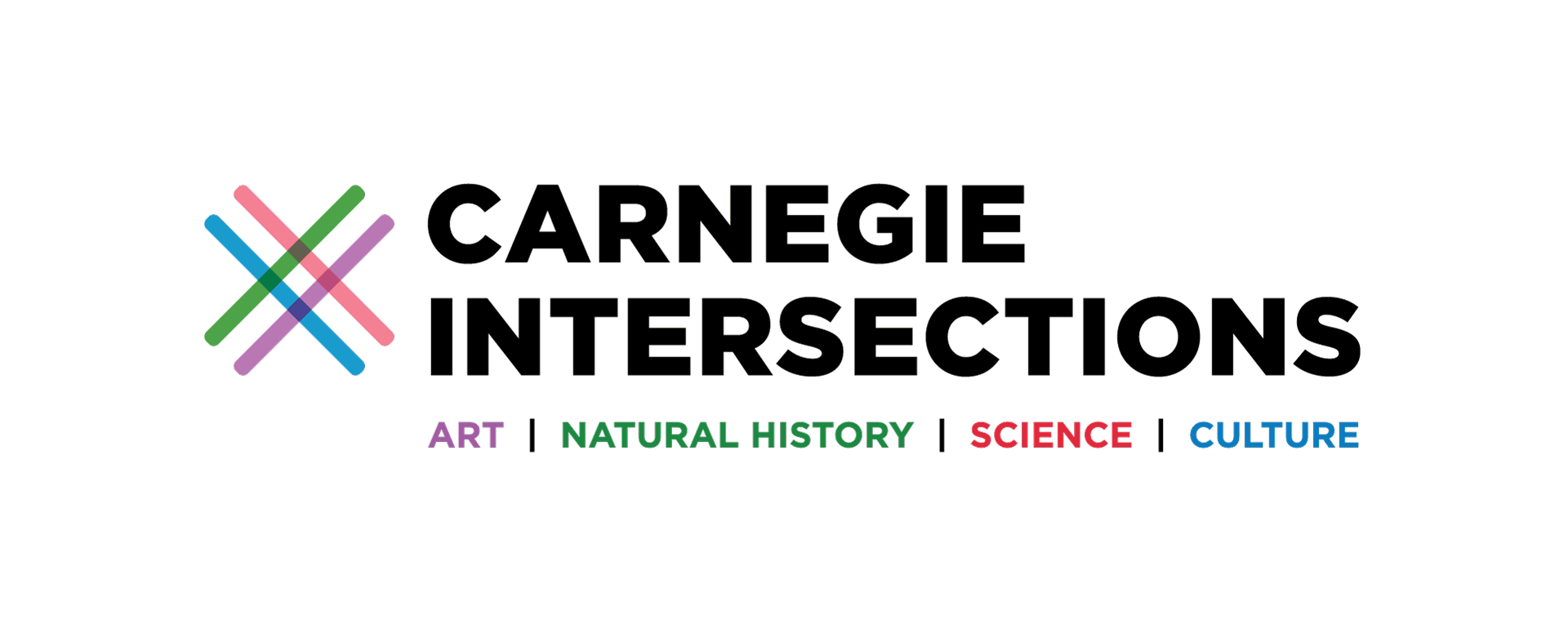About This Course
Humans are part of (rather than separate from) nature. This cross-disciplined course will use the lens of art, natural history, science, and culture, to explore:
- What do organisms need to have in their community, ecosystem, and/or biome to survive and thrive?
- Why might organisms move between communities, ecosystems, and/or biomes?
- What kinds of impacts can different organisms have on their communities, ecosystems, and/or biomes?
More Information
Our Read Along feature allows learners to read AND listen to the text on each page. This feature also provides TRANSLATION options for over 25 languages!
All learners are provided individual accounts for personalized learning.
Guides-on-the-Side may monitor, assess, and interact with learner activities and discussions.
Coursework adheres to national standards and focuses on 21st Century Learning skills.
This course meets the following National Standards:
STEELS Standards:
- 3.1.2.C Life Science: Biological Evolution: Unity and Diversity
- 3.1.2.C Life Science: Biological Evolution: Unity and Diversity
- 3.1.3.H Life Science: Biological Evolution: Unity and Diversity
- 3.3.4.E Earth and Space Sciences: Earth and Human Activity
Next Generation Science standards:
- 3-LS4-3 Biological Evolution: Unity and Diversity - Construct an argument with evidence that in a particular habitat some organisms can survive well, some survive less well, and some cannot survive at all.
- 3-LS4-4 Biological Evolution: Unity and Diversity - Make a claim about the merit of a solution to a problem caused when the environment changes and the types of plants and animals that live there may change.
- 5-ESS3-1 Earth and Human Activity - Obtain and combine information about ways individual communities use science ideas to protect the Earth’s resources and environment.
- 3-ESS2: Earth’s Systems - 3-ESS2-2: Obtain and combine information to describe climates in different regions of the world.
- 5-LS2: Ecosystems: Interactions, Energy, and Dynamics - Develop a model to describe the movement of matter among plants, animals, decomposers, and the environment.
- K-ESS2-2: Earths’ Systems - Construct an argument supported by evidence for how plants and animals (including humans) can change the environment to meet their needs.
- K-LS41-1: From Molecules to Organisms: Structures and Processes - Use observations to describe patterns of what plants and animals (including humans) need to survive.
Common Core English Language Arts Standards:
- Reading Standards for Informational Texts - RI.3.1: Ask and answer questions to demonstrate understanding of a text, referring explicitly to the text as the basis for answers.
Writing Standards:
- W.3.4: With guidance and support from adults, produce writing in which the development and organization are appropriate to task and purpose.
- W.3.7: Conduct short research projects that build knowledge about a topic.
National Arts Standards:
- Anchor Standard 1: Generate and conceptualize artistic ideas and work. VA:Cr1.1.3a: Elaborate on an imaginative idea.
- Anchor Standard 10: Synthesize and relate knowledge and personal experiences to make art. VA:Cn10.1.3a: Develop a work of art based on observations of surroundings.
- Anchor Standard 1: Generate and conceptualize artistic ideas and work. - VA: Cr1.1.5a: Combine ideas to generate an innovative idea for art-making.
- Anchor Standard 2: Organize and develop artist ideas and work. - VA:Cr2.3.3a: Individually or collaboratively construct representations, diagrams, or maps of places that are part of everyday life.
- Anchor Standard 7: Perceive and analyze artistic work. - a. VA:Re.7.1.1a: Select and describe works of art that illustrate daily life experiences of one’s self or others.
21st Century Learning Skills Addressed in this Module:
- Initiative
- Communication
- Creativity
- Critical Thinking
- Media Literacy
- Information Literacy
- Coolaboration
- Productivity
Note: All online purchases must be made via credit card.
We require a minimum of TWO learner licenses in order to enroll a Guide-on-the-Side role
(Educators, you must purchase a seat for yourself to be enrolled as the Guide-on-the-Side.)


